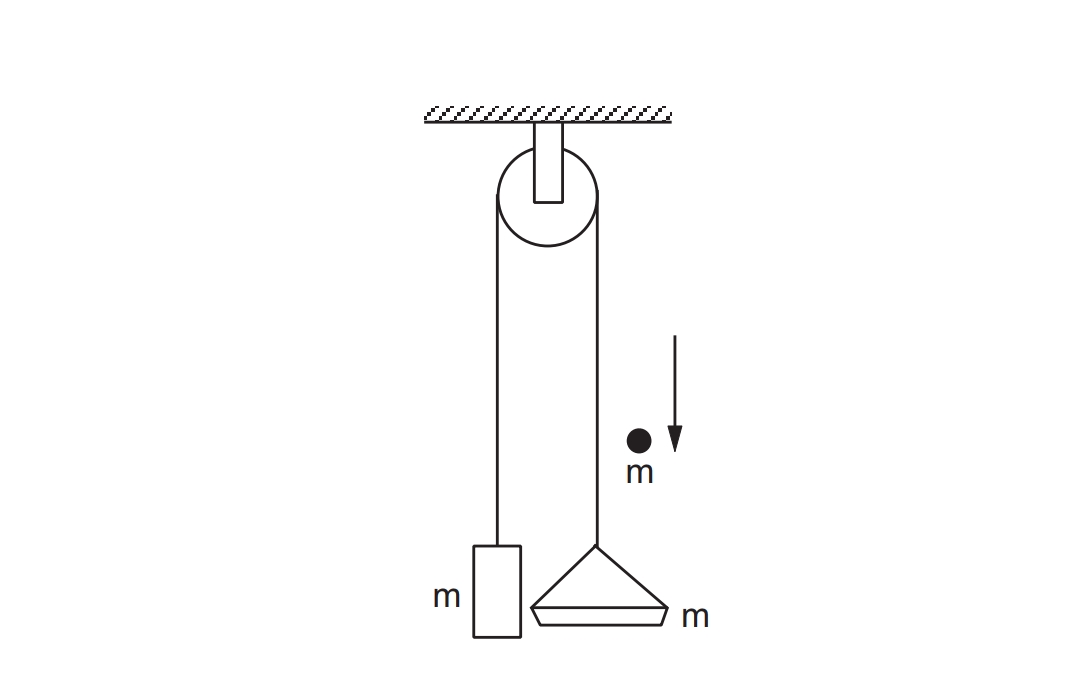

Nerve impulses excite or inhibit activity in other neurons or the body’s tissues, such as muscles. Common examples of impulse are, hitting of a cricket ball by a batsman, catching of a ball etc.Īns: According to biology, an electrical signal is travelling along the axon of a neuron.

Thus, the formula to calculate the impulse can be given as: Impulsive force is like any other force – except that it is large and acts for a short time Formula to Calculate ImpulseĪn impulse of a force is defined as the change in momentum produced by force, and it is equal to the product of force and the time for which it acts. Thus, Impulse acts when a large force acts for a concise time duration to bring a finite change in the body’s momentum, and the force acting on the body is called impulsive force or force of impulse. Newtonian mechanics has no such distinction. In the history of science, impulsive forces were put in a conceptually different category from ordinary forces. A large force acting for a short time to produce a finite change in momentum is called an impulsive force. Thus, Impulse is a quantity that describes the effect of a net force acting on an object (a kind of “moving force”).

For the person who hits with greater force for the short time interval, the imparted impulse will be huge, and as a result, the height of the mark will be more. Suppose two persons bring the harmer from the same height, but they are hitting with different forces. Therefore, it signifies that the average impulsive force will be relatively large. Since the contestant is hitting the target with a sledgehammer, the change in momentum is large, and the time of collision is short. The impulse of the net force acting on a particle during a given time interval is equal to the change in momentum of the particle during that interval.


 0 kommentar(er)
0 kommentar(er)
